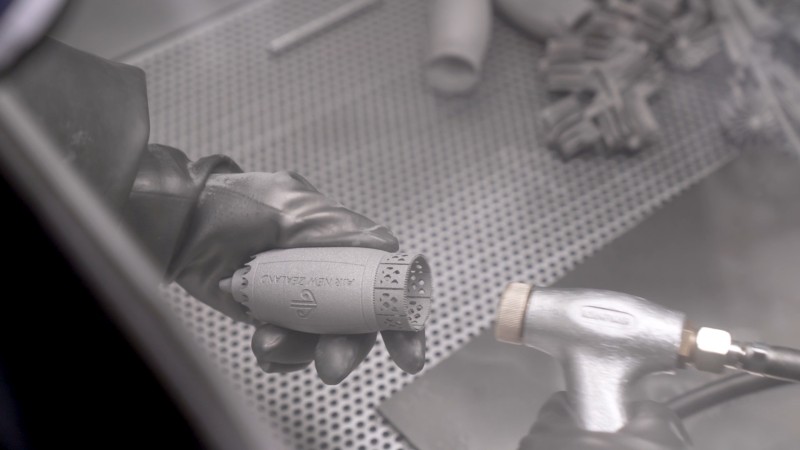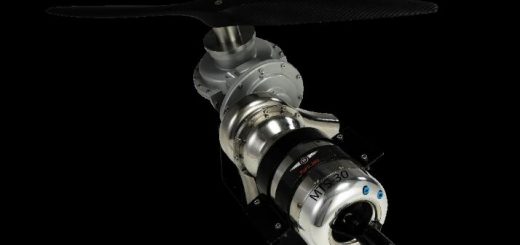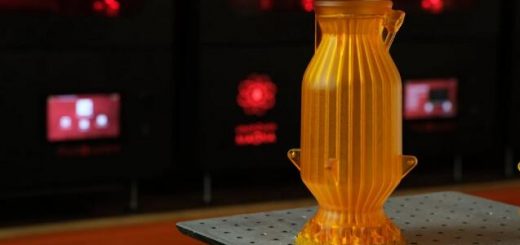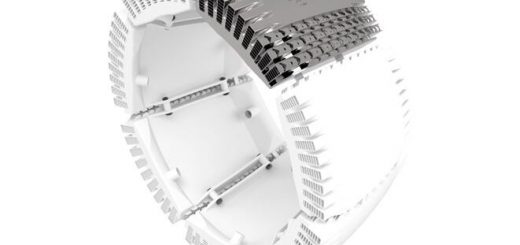Air New Zealand Investigates the Application of Additive Manuacturing in Aircraft Spareparts Manufacturing
Air New Zealand has teamed up with New Zealand company Zenith Tecnica to investigate 3D printed metal parts for aircraft and tools. The airline has been working with the North Shore based, New Zealand owned and operated company which specializes in the design and manufacture of 3D printed titanium and other metals using a technology called electron beam melting (EBM).
Air New Zealand Chief Operations Officer Bruce Parton says the airline is committed to innovation through 3D printing with new materials.
“It’s fantastic to be able to team up with and support local operator Zenith Tecnica and work with global company GE Additive to learn and collaborate in this space. While we are in the initial stages of working with these companies on 3D printing, so far, we have printed prototype metal framing for our business premier cabin, to quickly test new concepts and ideas and we have also made novelty wine aerators.

“While the aerators, made to look like replica aircraft engines, are a bit of fun we’re really excited by the possibility they represent as 3D printing is both cost and space effective. Aircraft interiors are made up of tens of thousands of parts, and the ability to 3D print on demand lightweight parts we only require a small number of, rather than rely on traditional manufacturing methods is of huge benefit to our business, without compromising safety, strength or durability.”
Zenith Tecnica Managing Director Martyn Newby says the company is pleased to bring its years of metal 3D printing experience with specialist aerospace and space component manufacture to the local New Zealand market.
“This is a good project to demonstrate the strength, versatility and utility of titanium 3D printed parts for aircraft applications and it’s very exciting to be working alongside Air New Zealand on this journey. We are in a very good position to support the local adoption of 3D printing for aviation applications and welcome Air New Zealand’s enthusiasm to embrace this emerging technology and help take it to the mainstream.”
Air New Zealand first began its foray into the area of 3D printing in 2016 and has now moved into items like improved small parts for IFE screens which save cost and time, as well as working with new partners such as ST Engineering Aerospace on more advanced parts. The airline is also exploring the boundaries of new processes with Auckland University, Victoria University of Wellington and other technology companies. Most recently it has been using a 3D laser scanner for creating part designs, tool designs and interior modeling.
Source: Additive Manufacturing Today




Recent Comments